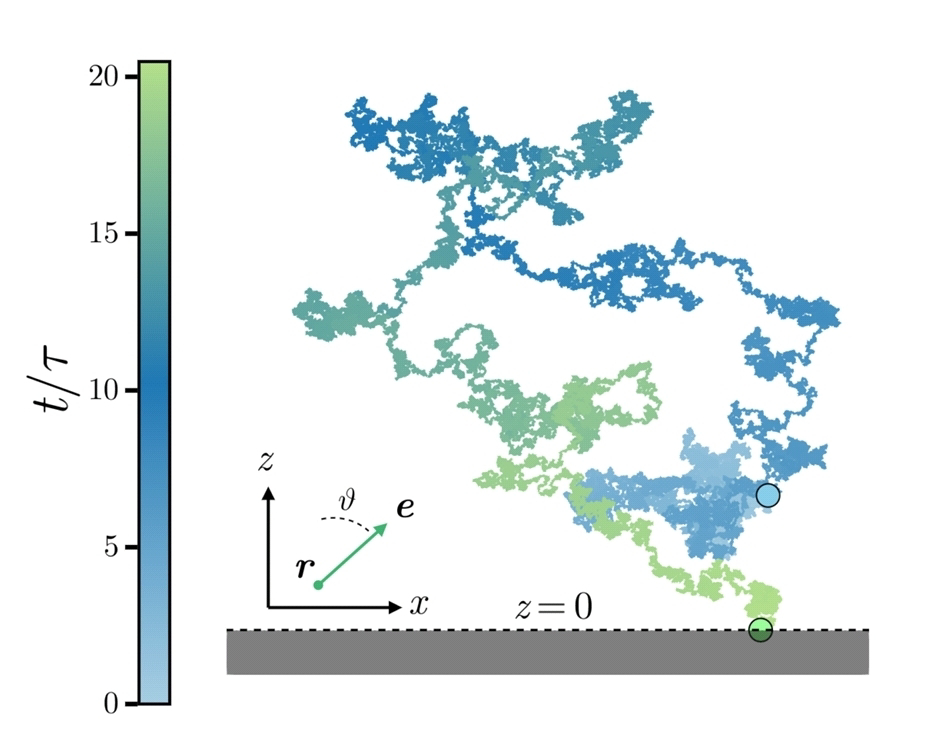<< A prototypical model of symmetry-broken active matter -- biased quorum-sensing active particles (bQSAPs) -- is used to extend notions of dynamic critical phenomena to the paradigmatic setting of driven transport, where characteristic behaviours are nonstationary and involve persistent fluxes. >>
<< To do so, (AA) construct an effective field theory with a single order-parameter -- a nonstationary analogue of active Model B -- that reflects the fact that different properties of bQSAPs can only be interpreted in terms of passive thermodynamics in appropriately chosen inertial frames. This codifies the movement of phase boundaries due to nonequilibrium fluxes between coexisting bulk phases in terms of a difference in effective chemical potentials and therefore an 'unequal' tangent construction on a bulk free energy density. >>
<< The result is both an anomalous form of coarsening and, more generally, an exotic phase structure; binodals are permitted to cross spinodal lines so that criticality is no longer constrained to a single point. >>
<< Instead, criticality, with exponents that are seemingly unchanged from symmetric QSAPs, is shown to exist along a line that marks the entry to an otherwise forbidden region of phase space. The interior of this region is not critical in the conventional sense, but retains certain features of criticality, which (AA) term pseudo-critical. >>
<< Whilst an inability to satisfy a Ginzburg criterion implies that fluctuations remain relevant at macroscopic scales, finite-wavenumber fluctuations grow at finite rates and exhibit non-trivial dispersion relations. The interplay between the growth of fluctuations and the speed at which they move relative to the bulk results in distinct regimes of micro- and meso-phase separation. >>
Richard E. Spinney, Richard G. Morris. Nonstationary critical phenomena: expanding the critical point. Phys. Rev. E 111, 064129. Jun 23, 2025.
arXiv: 2412.15627v2 [cond-mat.stat-mech]. Jun 25, 2025.
Also: particle, disorder & fluctuations, transition, in https://www.inkgmr.net/kwrds.html
Keywords: gst, particles, active particles, disorder & fluctuations, criticality, pseudo-criticality, transitions.
